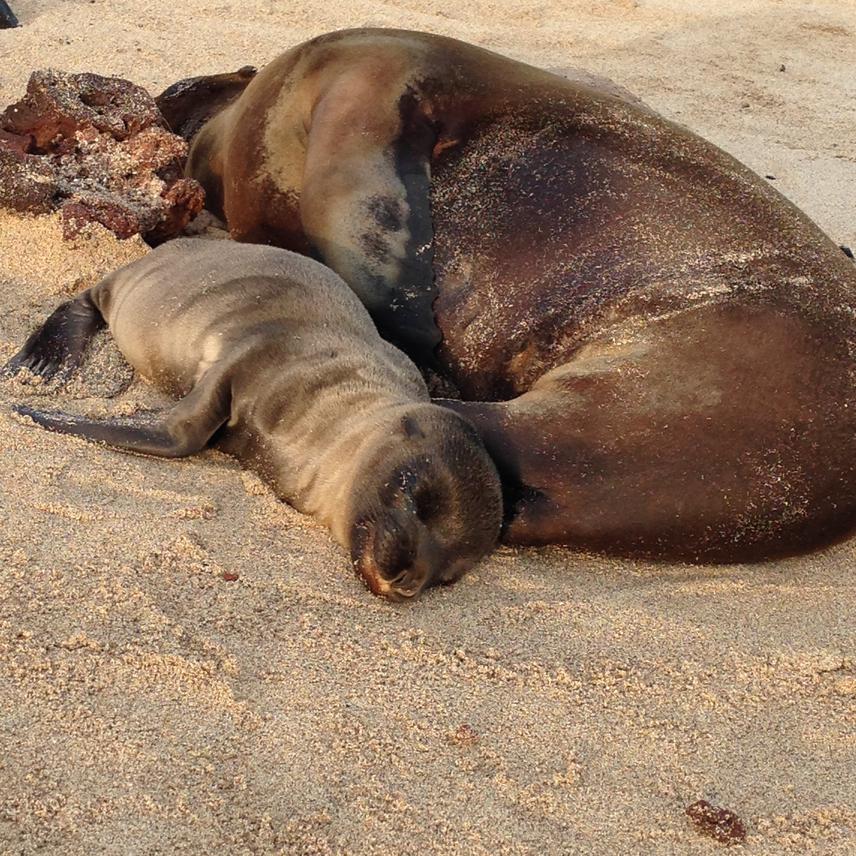Diana P Ochoa
The project aims to increase the knowledge of the physiological condition of a very fragile and endangered population of Sea Lions in regard to human exposure.

The Galápagos Sea Lion is the most fragile population of Sea Lions in the world. It has been declared as Endangered by the IUCN given their tropical habitat, isolation and low population numbers. As with many other species in the archipelago, the sea lions are under natural and human induced threats. El Niño has reduced population numbers by around 50% in the last 30 years. Z.wollebaeki as well as other species in the archipelago, are also exposed to an ever-increasing number human induced factors that can reduce the species’ capacity to cope and respond adequately to a more unpredictable environment. As a physiological response this can be measured to help us understand if and how the degree of human cohabitation exposes this fragile population to threats enhanced by chronic stress.
By applying a non-invasive field methodology, we aim to understand the magnitude of human impact in a population of Sea Lions that cohabits with around 6000 humans. Due to tourist demand and national economic interest, the Galápagos islands are due to receive an increasing number of visitors. This increases the number of factors that threaten natural populations and reduce the already limited resilience of this environment. As nature driven tourism is the main economic source, it is important natural environments and populations be well understood. Via the measurement of faecal cortisol metabolites, we can obtain an integrated view of how this population reacts to various human activities, such as music concerts, in breeding and nursing sites. This will help us understand how our activities shape and alter the species capacity to tolerate and deal with induced stress. This is of great conservation value to this and many other species in the Galápagos islands.